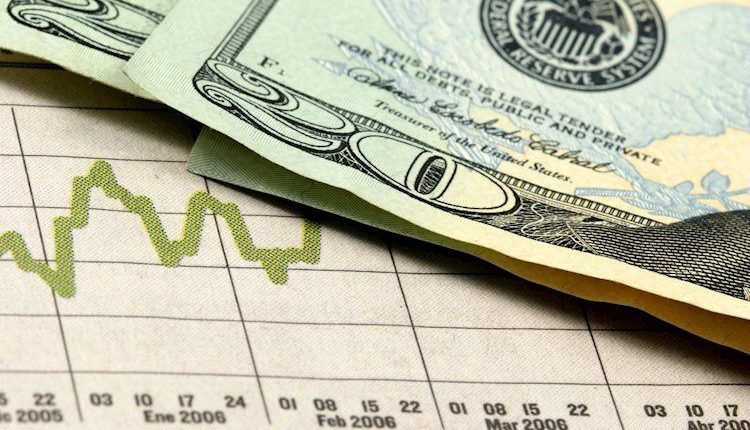- Greenback extends its rebound to near 106.70.
- Fed’s hawkish stance, risk-off sentiment support Greenback demand.
- Fed officials emphasize caution in rate cuts due to economic data, inflation risks.
The US Dollar Index (DXY), which measures the value of the USD against a basket of currencies, has traded with solid gains, rising to 106.70. The DXY’s upward trajectory is driven by factors such as recent strong economic data, rising yields, and a less dovish stance from the Federal Reserve (Fed).
Factors driving its strength include geopolitical tensions, cautious Fed rhetoric on interest rates, and solid US economic data. The uptrend remains intact, supported by the economy’s resilience and limited expectations of aggressive Fed easing. That being said, after the index reached yearly highs around 107.00, a pullback or a period of consolidation is possible.
Daily digest market movers: US Dollar advances as markets adjust bets on Fed cuts
- The DXY’s rise is driven by favorable data, rising yields, and the market’s cooling dovish Fed bets.
- Last week, Powell downplayed the need for aggressive easing, emphasizing the economy’s strength. He suggested slowing the pace of rate cuts to increase chances of achieving the right balance
- Other Fed officials align with Powell’s cautious approach, highlighting the need to consider both inflation and employment.
- Market odds of a December rate cut have fallen toward 58%, according to the CME FedWatch Tool, indicating a shift in expectations.
- For the rest of the week, markets will look upon weekly Initial Jobless Claims data, as well as S&P PMIs figures on Friday.
DXY technical outlook: Bulls resume momentum near overbought terrain
The US Dollar Index continues its bullish momentum on Wednesday, supported by positive technical indicators. The Relative Strength Index (RSI) is nearing overbought territory, indicating potential consolidation. However, the Moving Average Convergence Divergence (MACD) remains bullish, suggesting the uptrend could extend.
The index faces resistance at 107.00, with a key support zone between 106.00 and 105.00.
US Dollar FAQs
The US Dollar (USD) is the official currency of the United States of America, and the ‘de facto’ currency of a significant number of other countries where it is found in circulation alongside local notes. It is the most heavily traded currency in the world, accounting for over 88% of all global foreign exchange turnover, or an average of $6.6 trillion in transactions per day, according to data from 2022. Following the second world war, the USD took over from the British Pound as the world’s reserve currency. For most of its history, the US Dollar was backed by Gold, until the Bretton Woods Agreement in 1971 when the Gold Standard went away.
The most important single factor impacting on the value of the US Dollar is monetary policy, which is shaped by the Federal Reserve (Fed). The Fed has two mandates: to achieve price stability (control inflation) and foster full employment. Its primary tool to achieve these two goals is by adjusting interest rates. When prices are rising too quickly and inflation is above the Fed’s 2% target, the Fed will raise rates, which helps the USD value. When inflation falls below 2% or the Unemployment Rate is too high, the Fed may lower interest rates, which weighs on the Greenback.
In extreme situations, the Federal Reserve can also print more Dollars and enact quantitative easing (QE). QE is the process by which the Fed substantially increases the flow of credit in a stuck financial system. It is a non-standard policy measure used when credit has dried up because banks will not lend to each other (out of the fear of counterparty default). It is a last resort when simply lowering interest rates is unlikely to achieve the necessary result. It was the Fed’s weapon of choice to combat the credit crunch that occurred during the Great Financial Crisis in 2008. It involves the Fed printing more Dollars and using them to buy US government bonds predominantly from financial institutions. QE usually leads to a weaker US Dollar.
Quantitative tightening (QT) is the reverse process whereby the Federal Reserve stops buying bonds from financial institutions and does not reinvest the principal from the bonds it holds maturing in new purchases. It is usually positive for the US Dollar.
Read the full article here

